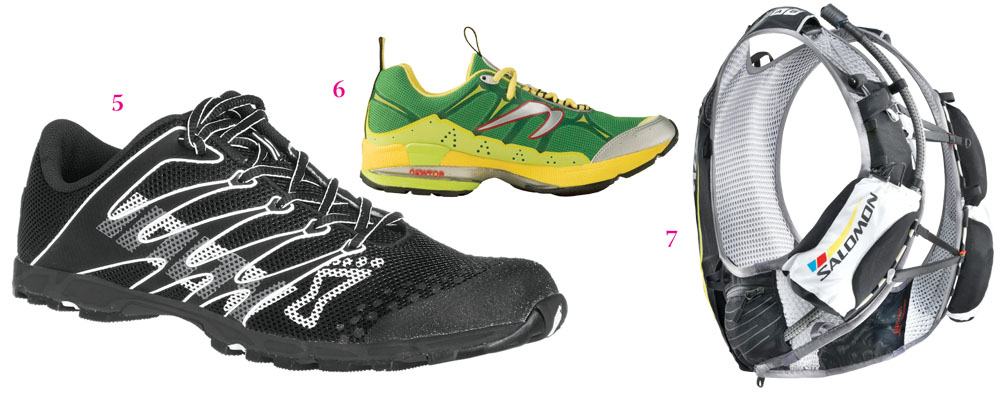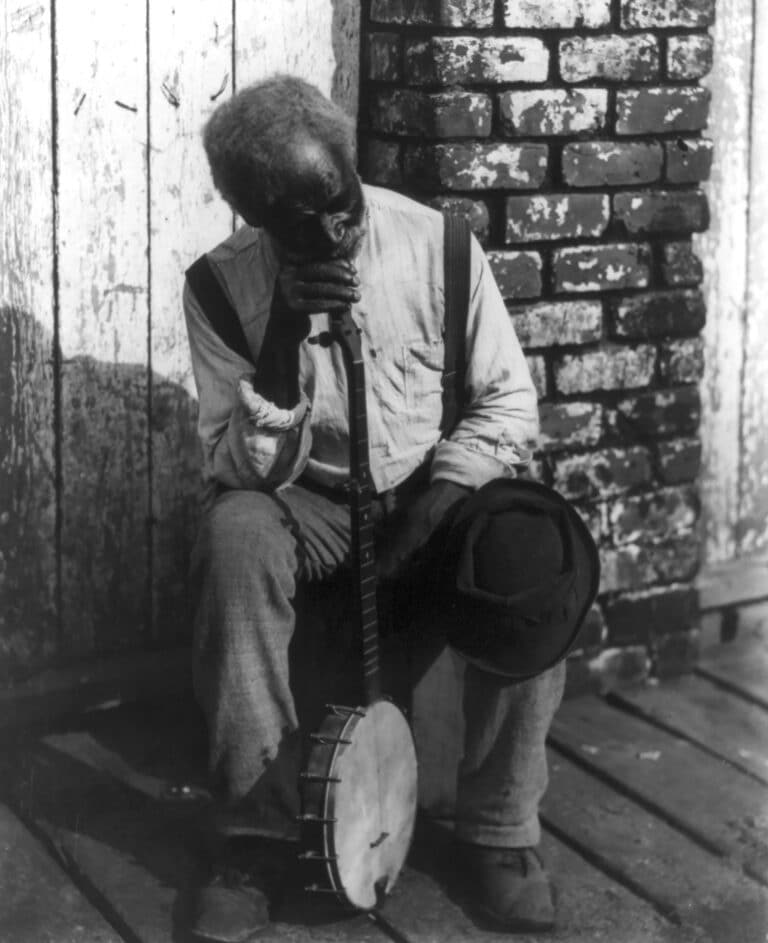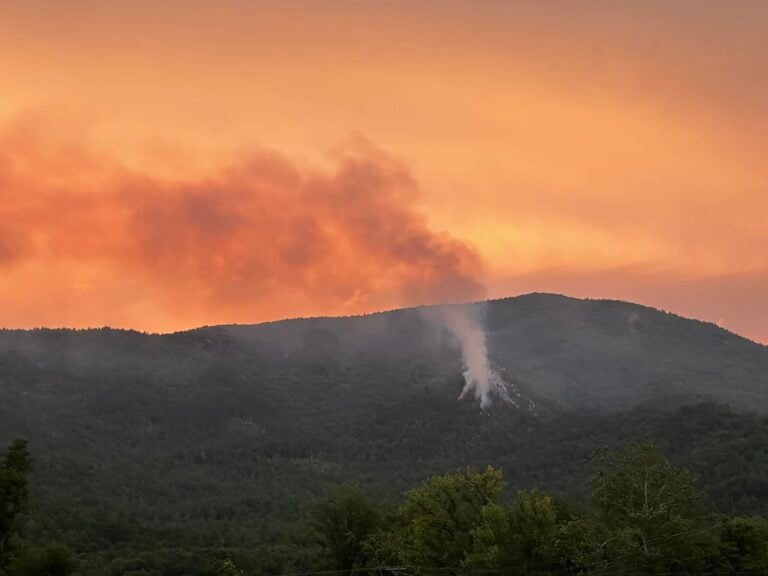 5. Inov-8 195 Interested in minimalist running but still want foot protection? The 195 is the ideal shoe for transitioning to barefoot running. It’s also a celebrated racing flat worn by elite trail runners, including Mountain Runner of the Year Joe Gray. The lightest and fastest racing shoe on the market, Inov-8’s 195 keeps the foot close to the ground in a natural running position with only a 3-millimeter differential between forefoot and heel. $85; inov-8.com
5. Inov-8 195 Interested in minimalist running but still want foot protection? The 195 is the ideal shoe for transitioning to barefoot running. It’s also a celebrated racing flat worn by elite trail runners, including Mountain Runner of the Year Joe Gray. The lightest and fastest racing shoe on the market, Inov-8’s 195 keeps the foot close to the ground in a natural running position with only a 3-millimeter differential between forefoot and heel. $85; inov-8.com
6. Newton Running Momentum Newton Running continues to be a consistent innovator in the exploding natural running gait movement. The company’s high-end line of running shoes that enable an energy-efficient strike has now been taken to thetrails with the new Momentum. It features the same forefoot lugs that adjust your stride and minimize heel impact, but the sole has a little more grit for the rigors of off-road terrain. $139; newtonrunning.com 7. Salomon XT Advanced Skin 5 S-Lab The Advanced Skin is designed for ultra runners who need to carry extra hydration and nutrition on long training runs but don’t want to be saddled with a cumbersome backpack. Half vest and half pack, the Advanced Skin is made from stretchy materials that fit snugly around your shoulders and chest while still allowing a full range of motion. The front is stacked with small zipper pockets for gels and bars while the back houses a hydration bladder, emergency blanket, and pocket big enough for a light jacket. Unlike other running-specific packs, there was no pack “bounce” when running and no compromise in breathing economy. The Advanced Skin weighs 1.5 pounds with a full bladder. $180; salomonrunning.com
 EXPERT PICK “I’ve never been a handheld water bottle or backpack guy. Handhelds can alter your running economy and backpacks can affect your breathing. I like a fanny pack. In particular, I like the Ultimate Direction Access, a single-bottle waist pack. You can have the bottle uncorked, ready to drink on the fly. It’s easy to refill at a rest stop, and you can pack in a light jacket or nutrition. I was doing a 28-mile run recently and realized halfway up the trail I had forgotten the waist pack. I turned around and went back for it. That’s one of the only pieces of gear I’d turn around for.”
EXPERT PICK “I’ve never been a handheld water bottle or backpack guy. Handhelds can alter your running economy and backpacks can affect your breathing. I like a fanny pack. In particular, I like the Ultimate Direction Access, a single-bottle waist pack. You can have the bottle uncorked, ready to drink on the fly. It’s easy to refill at a rest stop, and you can pack in a light jacket or nutrition. I was doing a 28-mile run recently and realized halfway up the trail I had forgotten the waist pack. I turned around and went back for it. That’s one of the only pieces of gear I’d turn around for.”







